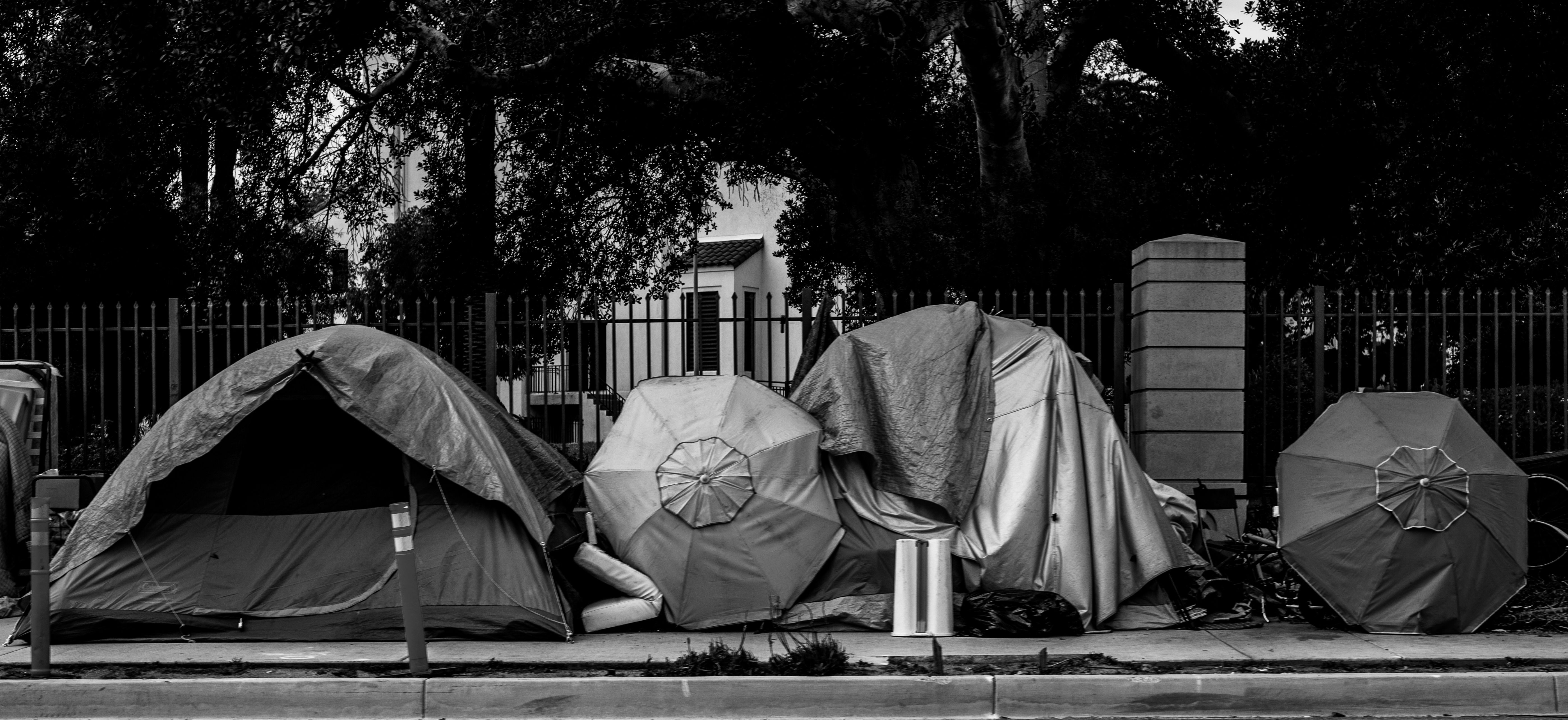- Center on Health Equity & Access
- Clinical
- Health Care Cost
- Health Care Delivery
- Insurance
- Policy
- Technology
- Value-Based Care
Homelessness Compounds Hospital Stay Challenges: Study Reveals Prolonged Discharge Struggles
In this investigation, outcomes of interest were morbidity rate and length of hospital stay or a traumatic injury among a homeless population, and whether age and/or injury severity had an influence on that relationship—with implications for improving the discharge process for these patients.
A new analysis, which investigated relationships between homelessness and length of hospital stay (LOS) following a traumatic injury, with potential influence from age and injury severity, found the hospital discharge process for these patients continues to be extremely challenging and there is great need to reduce outcome disparities to ensure their safe discharge.
Published in JAMA Network Open, data from the American College of Surgeons (ACS) Trauma Quality Programs were used for adult patients discharged alive from 787 hospitals—most of which are ACS level 1 or 2 trauma centers—in North America between January 1, 2017, and December 31, 2018. Housed patients were propensity matched to patients experiencing homelessness based on hospital, sex, insurance type, comorbidity, injury mechanism type, injury body region, and Glasgow Coma Scale (GCS) score. Injury Severity Score (ISS) had 3 categories: minor (1-8), moderate (9-15), and severe (≥16).
“Structural barriers to accessing health care for people experiencing homelessness lead to high rates of emergency department use and hospitalization, resulting in significant health care costs,” the authors wrote. “Traumatic injury is the second leading reason for hospitalization among people experiencing homelessness.” They added that despite this knowledge, outcomes data remain scarce for subsequent hospital stays, morbidity, surgery, and intensive care unit (ICU) admissions.
More than 1 million patients were found for the 2017-2018 period, and their data were analyzed from February 1, 2022, to May 31, 2023. The mean (SD) age was 55.1 (21.1) years, 43% were women, and 9065 were experiencing homelessness. The population experiencing homelessness was younger vs the housed population (aged 51-64 years, 35.7% vs 19.1%; aged 36-50 years, 31.1% vs 15.1%), comprised more individuals of a racial or ethnic minority group (non-Hispanic Black, 21.1% vs 12.1%; Hispanic, 10.1% vs 5.4%), and had higher rates of Medicaid use (50.0% vs 13.1%) or uninsured status (21.7% vs 9.5%).
A homeless encampment | Image Credit: Inam - stock.adobe.com

Unmatched, the individuals experiencing homelessness had higher morbidity (2.4% vs 1.8%; P < .001), hemorrhage control surgery (3.2% vs 1.4%; P < .001), and intensive care unit admission (26.0% vs 21.5%; P < .001) rates vs housed patients.
For the matched analysis (n = 8665 pairs at 378 hospitals), differences for rates of any morbidity, hemorrhage control surgery, and ICU admission were not statistically significant. However, there were trends toward higher rates of surgical site infection (0.3% vs 0.1%; P = .02) and unplanned intubation (1.3% vs 0.9%; P = .02) compared with housed patients. The median (IQR) hospital LOS was 5 (3-10) days among the people experiencing homelessness vs 4 (2-8) days for housed patients (P < .001), which equates to a 22.1% (incident rate ratio [IRR], 1.22; 95% CI, 1.19-1.25) longer adjusted hospital LOS for those experiencing homelessness. Also in this population, this rate jumped to 42.4% (IRR, 1.42; 95% CI, 1.32-1.54) if the person was 65 years or older and 30% (IRR, 1.30; 95% CI, 1.25-1.35) if their hospitalization-related injury was considered minor. People experiencing homelessness also had a significantly higher rate of hospital LOS beyond 30 days (10.5% vs 1.6%; P < .001).
The most common injury characteristic was blunt injury (76.4% in those experiencing homelessness and 89.6% in those housed), head/neck was the most frequently injured body part (63.8% and 46.0%, respectively), most injuries were classified as mild (46.9% and 44.7%) or moderate (33.1% and 39.6%), and initial GCS scores were most often 13 to 15 (84.4% and 88.9%).
“To our knowledge, this study constitutes the first evaluation of hospital course and LOS in North America among people experiencing homelessness who are discharged alive following traumatic injury,” the authors wrote. “Few studies have examined morbidity and incidence of surgery among injured people experiencing homelessness.”
They also highlight that their findings add to current knowledge of higher hospital resource use among people experiencing homelessness, and that the reasons for this are many: low socioeconomic status, delays in accessing postdischarge care, concomitant physical health and behavioral health comorbidities, and health and social service resource referrals that can prolong LOS. In addition, their data highlight the growing homelessness problem among older adults (≥65 years) and those with minor injuries.
“This work contributes to a growing body of evidence that health-related social drivers such as homelessness can exacerbate health disparities and lead to higher cost for public payer programs,” they concluded. “People experiencing homelessness would benefit from programs to make discharge safe and feasible, and there is increasingly a business case for society to invest in interventions that address social determinants of health.”
Reference
Silver CM, Thomas AC, Reddy S, et al. Morbidity and length of stay after injury among people experiencing homelessness in North America. JAMA Netw Open. 2024;7(2):e240795. doi:10.1001/jamanetworkopen.2024.0795
